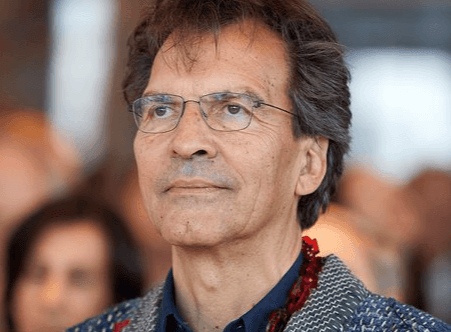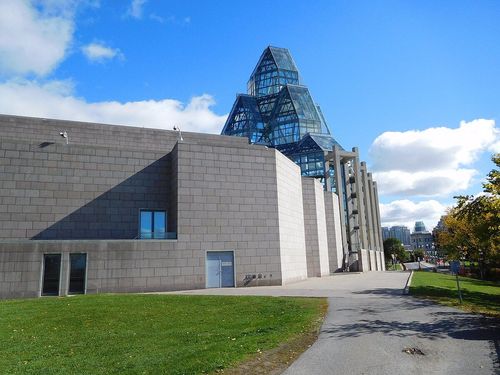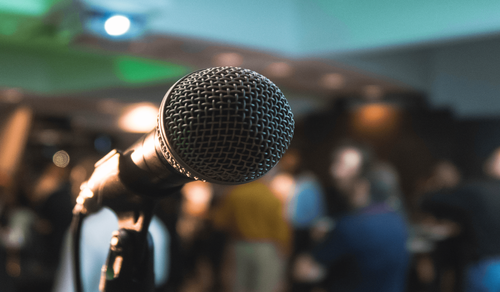SJAREL EX
Freelance Curator, Writer, and Advisor
A New Typology for Museums and Storage
Wednesday, March 15, 2023 From 12 p.m. to 1:30 p.m.EDT On Zoom Conference in English
“In 2004, climate change and maintenance issues stimulated those of us working at Museum Boijmans Van Beuningen to start the process of developing Depot, a new storage space for Rotterdam’s art collection.
Earlier experiences had made me realize that the public is curious about art conservation and restoration processes but isn’t always informed. Various examples of storage-like displays in museums, as well as the innovative work of architects such as Carlo Scarpa and Lina Bo Bardi, also made me keenly aware that using diverse methods of display enhances attention and curiosity.
An inconvenient truth of encyclopedic museums is that only a small percentage of the collection is shown. Although protected and cared for, artworks that remain in storage for generations usually sink into oblivion. However, isn’t a museum’s core responsibility to connect art and artists with diverse audiences and share knowledge, enthusiasm, and even dismay in public?
The specific situation of Rotterdam, a port city with 660,000 inhabitants speaking 176 languages—including many who carry out hard labour to make a fresh start with their family in a new culture and environment—compelled us to reach out through all kinds of innovative, educational initiatives. We also realized that people who are proud of their collection, a treasure belonging to the community, would probably foster renewed engagement.
Such considerations led me to propose a plan to build a Depot next to Museum Boijmans Van Beuningen. As a publicly accessible storage space, Depot would act as the institution’s anchor point, a ‘standing leg’ so to speak, to which the actual museum’s spaces would be the corresponding ‘playing leg’. In the Depot’s mandate and outline of strategic priorities, all the functions involved in caring for a collection (and more) are present and International Council of Museums (ICOM) protocols are fully respected. We give visitors access to the storage spaces, show the offices in the back of the museum, and explore the various situations that can occur in the life of an artwork—the lives of 151,000 artworks.”
— Sjarel Ex, December 2022
Biography
Sjarel Ex (b. 1957) studied art history in Utrecht and became a specialist in the field of the Dutch avant-garde and the connections between the De Stijl movement and the international avant-garde, the German Bauhaus in particular. As a freelance art historian, Ex has published essays and curated exhibitions internationally, and organized site-specific exhibitions in public spaces in Amsterdam (Century ’87, 1987) and Utrecht (Nightlines, 1991 and Panorama 2000, 1999). In 1988, he was appointed General Director at the Centraal Museum Utrecht, where he oversaw the presentation of more than 300 exhibitions, spanning from Utrecht Caravaggism to contemporary art, design, and fashion. When the museum was refurbished, Ex developed innovative storage spaces for its encyclopedic collection. In 2004, he became General Director of Museum Boijmans Van Beuningen, renowned for its collections, exhibitions, and education and research programs. Under his stewardship the museum’s collection grew extensively and a broad program of travelling exhibitions and extramural activities was developed. As the museum entered its renovation period, Ex initiated Depot Boijmans Van Beuningen, an accessible and transparent storage system for the museum’s 151,000 artworks that foregrounds conservation, education, and museum practices. Depot opened in November 2021, to great public and critical acclaim. Ex left Rotterdam in 2022, and continues his career as a freelance curator, writer, and advisor.
For any questions: coordination@cieco.co

Partenaires
Musée d’art contemporain de Montréal (MAC)
Partenaire
Actualités connexes
Exposition au Musée des beaux-arts de Montréal : _Kent Monkman L'Histoire est dépeinte par les vainqueurs_

Exposition au Musée des beaux-arts de Montréal : Kent Monkman L'Histoire est dépeinte par les vainqueurs
- Montréal
- Musée des beaux-arts de Montréal (MBAM)
Plongez dans l’univers captivant de Kent Monkman en admirant les œuvres emblématiques et monumentales de cet artiste canadien de renommée mondiale, membre de l’ocêkwi sîpiy (Nation crie de Fisher River). À travers son regard subversif, il revisite la peinture d’histoire pour renverser les discours coloniaux et offrir une perspective nouvelle sur notre passé et notre présent.
Exposition _En relief : l’œuvre de Dora de Pédery-Hunt (1913-2008)_ au Musée des beaux-arts du Canada

Exposition En relief : l’œuvre de Dora de Pédery-Hunt (1913-2008) au Musée des beaux-arts du Canada
- Musée des beaux-arts du Canada (MBAC)
- Ottawa
Cette exposition souligne les œuvres de la médailleuse et sculptrice canadienne d’origine hongroise, Dora de Pédery-Hunt (1913–2008). Jusqu’au 12 avril 2026.
Rassemblement _Entre nos archipels : Dialogues autochtones en contextes francophones_
![Hannah Claus, chant pour l’eau [Kaniatarowánen - entie nonkwá:ti], (détail), 2024](https://cieco-strapi.onrender.com/uploads/small_Modele_Image_Vertical_Fond_Neutre_5b5403a602.png)
Rassemblement Entre nos archipels : Dialogues autochtones en contextes francophones
- Musée des beaux-arts de Montréal (MBAM)
- Montréal
Prenant appui sur les expositions d’art autochtone actuellement à l’affiche au MBAM, le rassemblement Entre nos archipels : Dialogues autochtones en contextes francophones a pour objectif de mettre en relation des personnalités autochtones du monde de la culture issues d’horizons géographiques et culturels différents (Kanien’kehá:ka, Anishinaabe, Wendat, Ilnu, Eeyou, Inuit, Ininiwak, Atakapa-Ishak, Kali’na Tɨlewuyu, Jola, Malagasy, Mā’ohi, Tagata Sāmoa…). Une particularité cependant les unit : les peuples auxquels ils et elles appartiennent ont été colonisés, à un moment de leur histoire, par la France.
Conférence de Anne-Fleur Pouyat (Musée d’Orsay) à l’UdeM

Conférence de Anne-Fleur Pouyat (Musée d’Orsay) à l’UdeM
- Montréal
- Université de Montréal
Le 16 décembre 2025 de 15h30 à 17h, le CRIHN aura le plaisir d’accueillir Anne-Fleur Pouyat, Responsable éditoriale numérique au Musée d’Orsay qui nous présentera la stratégie éditoriale à la mise en ligne du magazine du musée d’Orsay sous le titre « Suivez la guide : les stratégies éditoriales du magazine du musée d’Orsay ».
